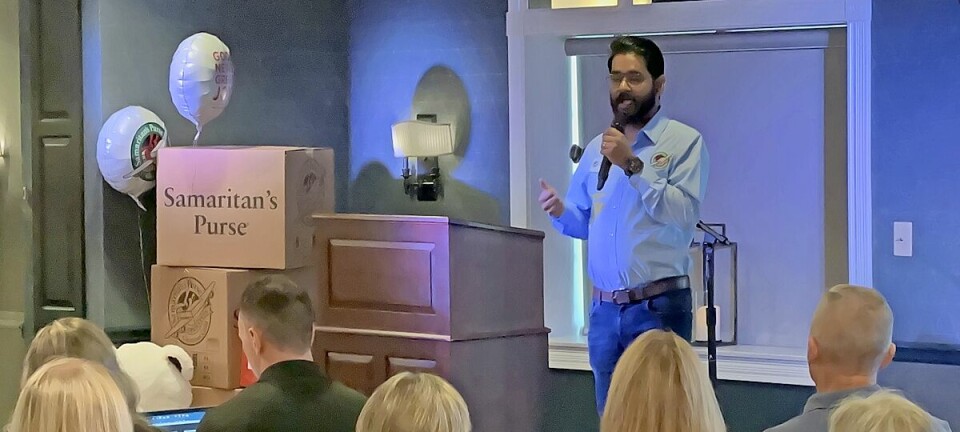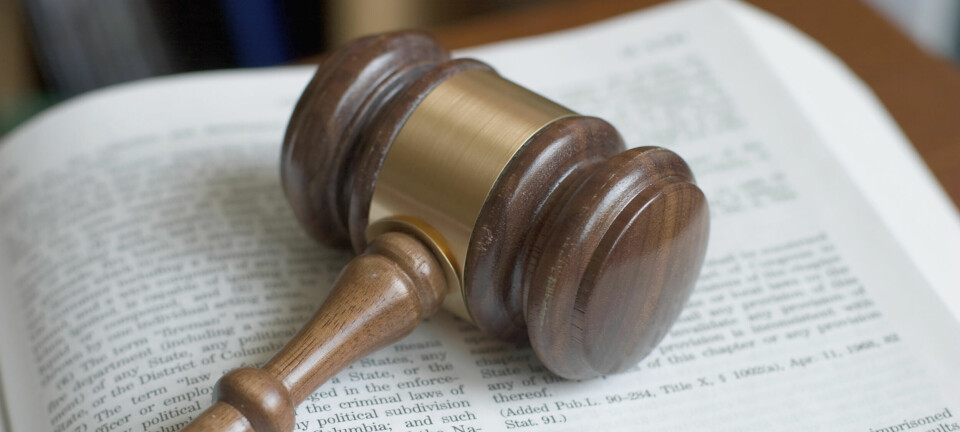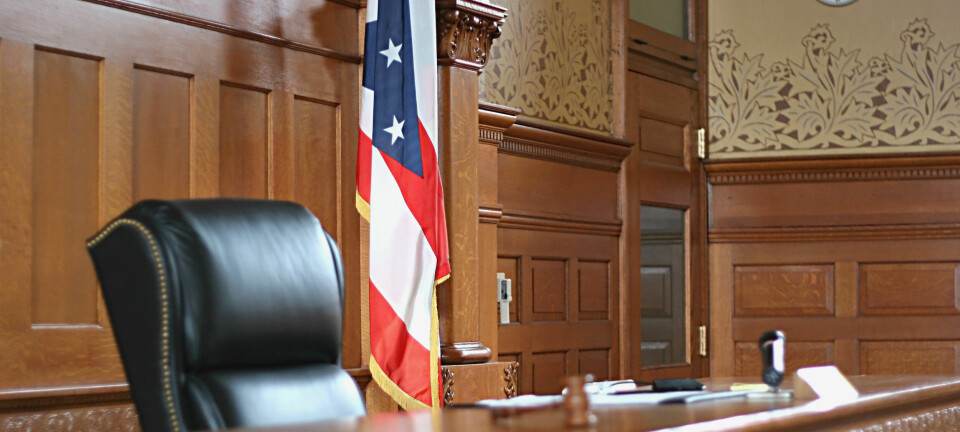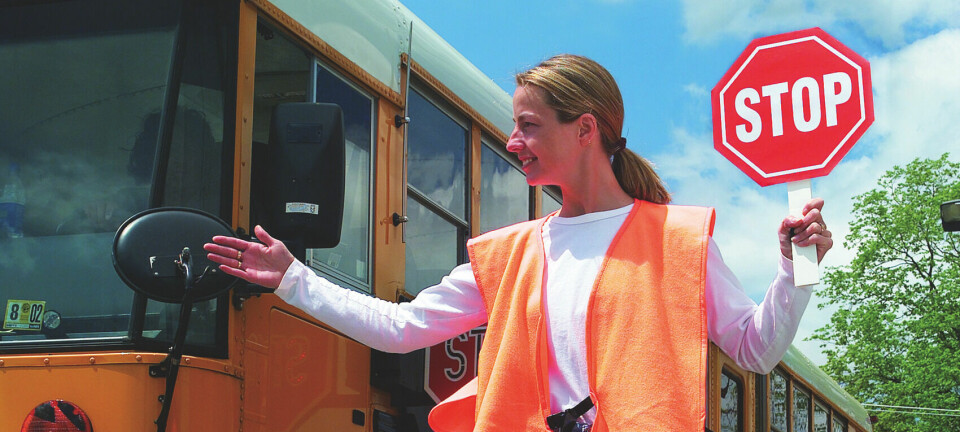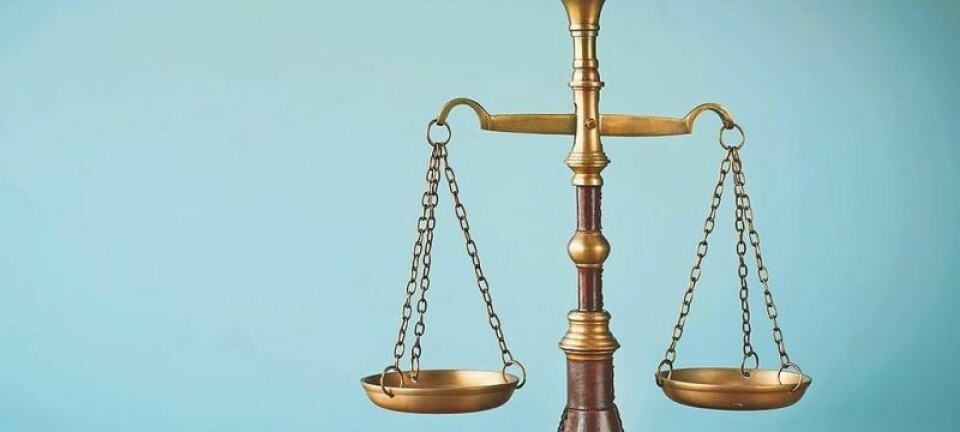Property tax bills now available in Wayne County
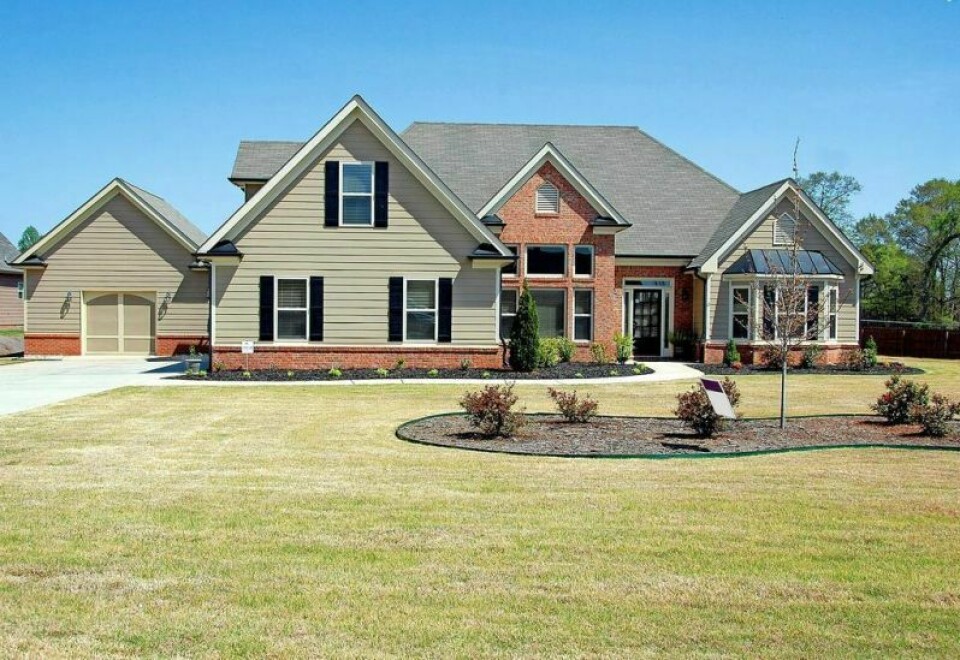
Wayne County auditor Jarra Underwood wants to notify property owners that the 2023 triennial property value update has been finalized. Tax rates have been certified, and 2024 property taxes have now become official.
What is a triennial update?
The Ohio Revised Code requires county auditors perform a full reappraisal of property every six years. In the third year after a reappraisal, a triennial update is mandated by the state ensuring property values remain aligned with the real estate market.
The Ohio Department of Taxation oversees both the full reappraisal and the triennial update. The ODT mandated Wayne County to increase the total value of residential property within the county by 38% during the 2023 triennial update.
Wayne County submitted a 24% total increase of residential values, which was denied. A second submission, proposing an increase of 32.73%, also was denied. The ODT accepted the county’s third submission — a total increase of 36.52% for residential property values.
While residential property values increased, commercial and industrial properties did not see an increase in value during this update. Agricultural parcels enrolled in a program called Current Agricultural Use Valuation will see an increase on their tax bills based on increase in soil rates set by the ODT, but not due to an increase in property value.
Real estate tax
Real estate taxes are calculated based on millage. Most of a taxing district’s millage comes from the levies voters in a taxing district have approved (outside millage). In addition to the voted outside millage, the Ohio Constitution allows for 10 unvoted mills (inside millage). Inside mills are shared by the county, townships, cities, villages and school districts. The sum of the inside and outside millage produces the full tax rate.
Underwood said it is important taxpayers understand real estate taxes rarely increase at the same rate as property values.
As property values increase, the Ohio Constitution has provisions in place to limit the resulting increase in property taxes. House Bill 920, enacted in 1976, allows the use of tax reduction factors to lower tax rates and ensure a levy does not collect more revenue than originally approved by the voters. This process results in reduced tax rates, referred to as the effective tax rate.
While tax reduction factors are designed to lower tax rates as property values increase, there are additional provisions that limit their effectiveness. The Ohio legislature has implemented a 20-mill floor for school districts and a 2-mill floor for JVS districts. The 20/2 mill floors ensure a school’s outside millage does not fall below the 20/2 threshold. Once a school district’s or JVS district’s outside millage hits the 20/2 floor, reduction factors cannot further reduce tax rates, resulting in a property tax increase.
With record growth in the real estate market across Ohio, Wayne County saw substantial property value increases during the 2023 triennial update.
Every school district in the county, except for Wooster City School District, is currently on the 20/2 mill floor. As a result of the 20/2 mill floor, most tax districts in the county will see significant increases in property taxes.
For a summary of the impact of this 20-mill floor due to the triennial update, taxpayers can reference the auditor’s website for a breakdown by school district.
Auditor’s website
To learn more about the 2023 triennial update, visit the Triennial Information sections linked on the auditor’s homepage. You also may view tax information, specific to your property, by navigating to your property’s parcel page. On the parcel page, you can view your total tax charge, as well as your tax distribution. The tax distribution itemizes the exact amount of tax produced by each levy in your taxing district.
First-half property taxes are due to the treasurer by Feb. 22.
Property owners have until April 1 to file a complaint against their property value with the Wayne County Board of Revision.
“The BOR process is for those who believe that the auditor’s market value is higher than what they could have sold their property for on the open market on Jan. 1, 2023,” Underwood said.
Information regarding the BOR may be found on the auditor’s website.
Wayne County recognizes the financial hardship that increased real estate taxes have on taxpayers. Taxpayers that find themselves needing assistance may contact the treasurer’s office at 330-287-5451 to inquire about Escrow and Contract Payment Plans.
The United Way of Wayne and Holmes Counties offers numerous types of assistance (financial, utilities, counseling, employment) and may be called at 330-263-6363 or by dialing 2-1-1. You also can visit its website at www.uwwh.org.
MacKenzie Taylor is a CAUV specialist and information officer with the Wayne County Auditor’s Office.








